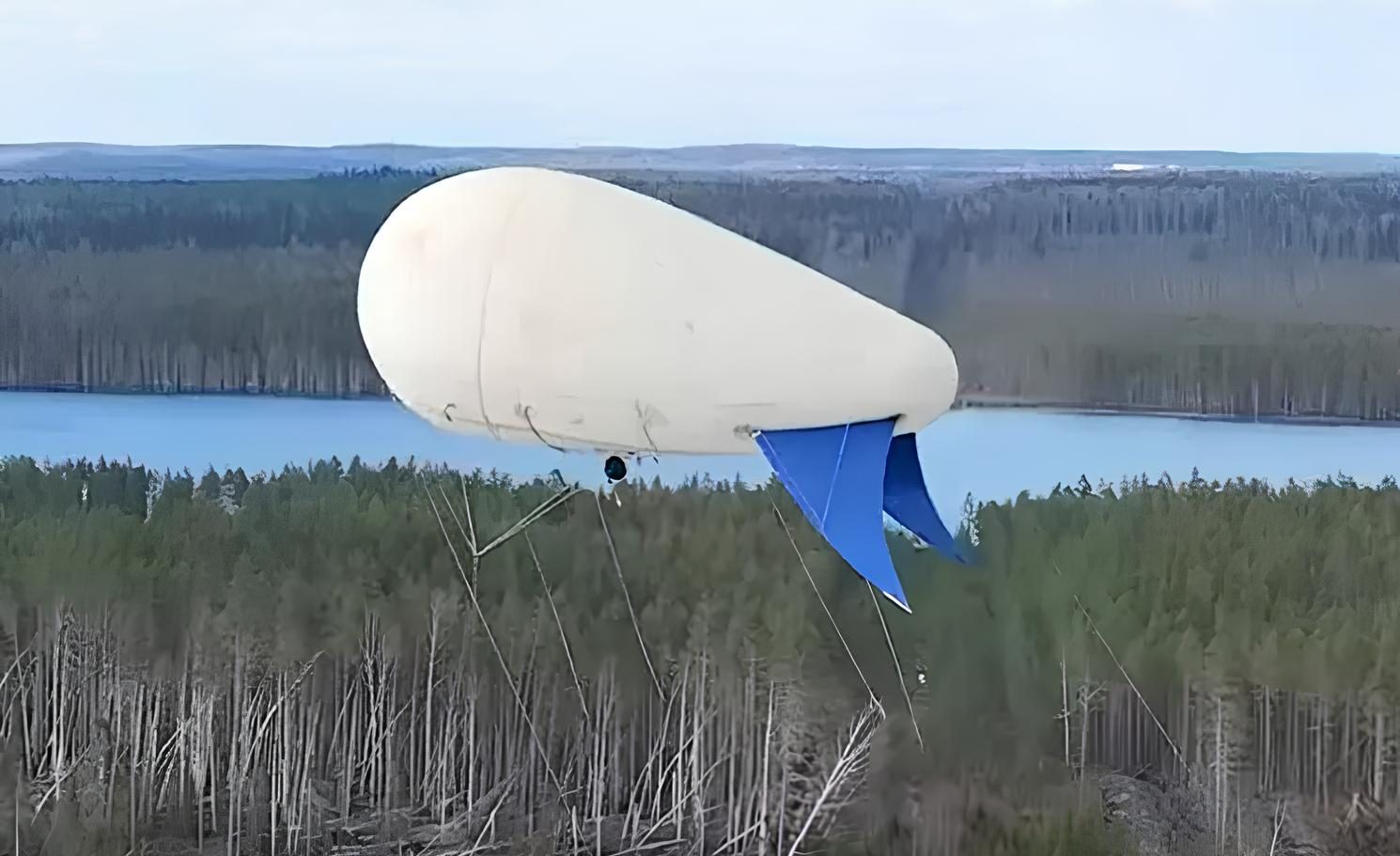Russia announces development of anti-drone defense based on aerostats
The Russian company Pervyy Dirizhabl (First Dirigible - ed.) has announced the development of a Barrier defense system based on barrage balloons. The Russian media published the news. During a Russian conference on UAV detection and countermeasures, representatives of the First Dirigible company announced a system for protecting strategic facilities based on a system of balloons, or, as the developers themselves say, dirigibles.
If enemy drones approach an object, the system will raise a network of balloons with attached nets into the air. Such obstacles should be "caught" by drones. If a UAV hits the nets, a certain section of the nets will be separated, and a new one will take its place.
Each balloon of the Barrier system can lift up to 30 kg of payload, and the entire structure can reach a maximum height of 300 meters. Representatives of the company said that their defense system had already been tested at the test site and had received its first orders. According to them, the balloons will be produced at their facilities, while the nets will be manufactured at "specialized enterprises."
Balloon-based barrier systems have been actively used to protect against airborne threats since World War II. At that time, they were mainly intended to intercept bombers and the world's first V-1 cruise missiles and proved to be effective. In particular, during the entire period of German bombing, the UK intercepted over two hundred missiles with its balloon barriers.
 A British barrage balloon in the sky over London during the Second World War
A British barrage balloon in the sky over London during the Second World War
Theoretically, such a system would be equally effective against long-range attack drones operating at relatively low altitudes and flying at much lower speeds.
Hitting the grid will stop and destabilize the aircraft, neutralizing it. In addition, although the price of such a system has not been announced, its cost should obviously be less than the potential installation of full-fledged air defense systems around a strategic facility. It is also worth mentioning that Russia is already using balloons for long-term surveillance and reconnaissance.
They were used in the combat zone and by FSS units on the country's border.
 Russian AKV-05 aerostat with an optical sensors on the border with Finland, 2024.
Russian AKV-05 aerostat with an optical sensors on the border with Finland, 2024.
Photo credits: "Russia 1" TV channel
In particular, the military uses AKV-05 aerostats, which carry optical, thermal, and radio surveillance systems and can conduct reconnaissance at a distance of up to 10 kilometers.